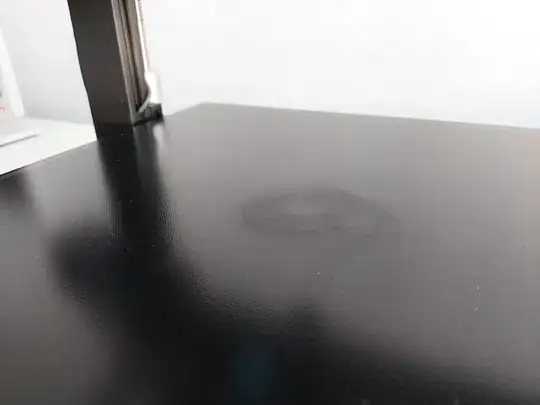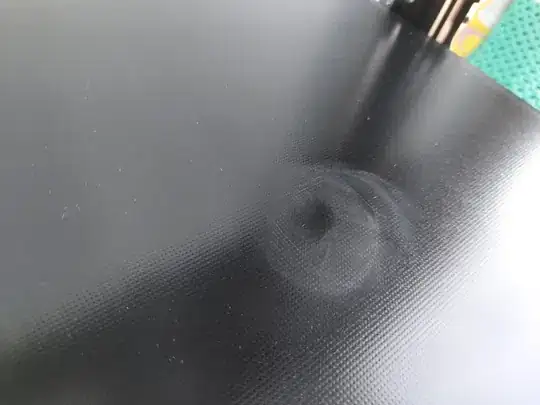I just printed my first cube from my newly arrived Artillery Sidewinder X1. I am totally new to 3D printing but I managed to correctly unbox, assemble and prepare it for printing. I used PLA filament and the cube ended up great. I removed it using a cutter gently pulling it up from the first layer and it popped right off.
A little layer of material was still stuck on the bed and, I don't know why, my dumb brain decided to use ethyl alchool 90 % to scrub it off on that little surface. I immediately used some water to wipe the alchool off but it was too late. Now on that portion of the bad all I see is a matte area that I can't fix.
Did I irremediably ruin my bed? I am so bummed I can't even describe it. All went great but I decided to do this on my own and I failed. I do know that the bed is replaceable but I just hope is not very expensive.
Here's a couple of pictures to give you a look of the damage.

